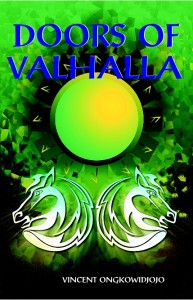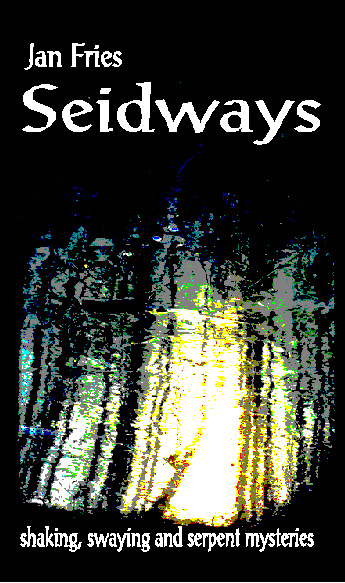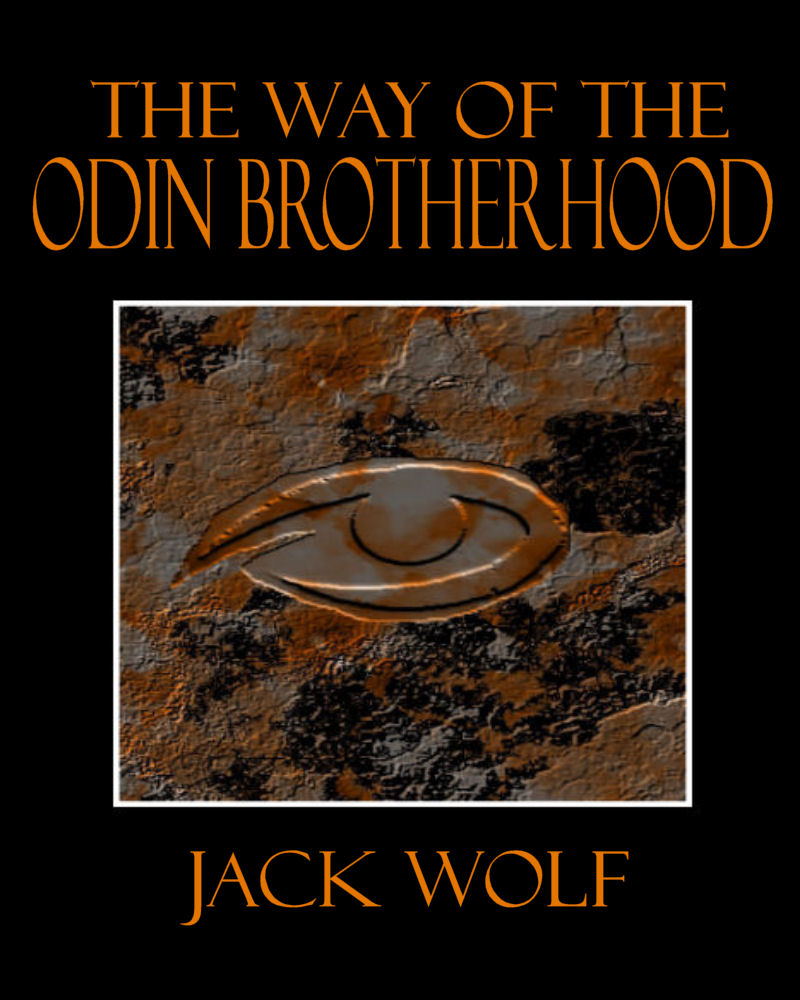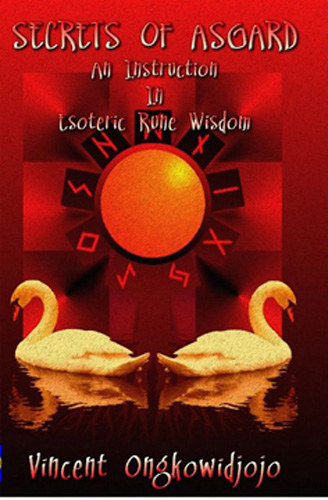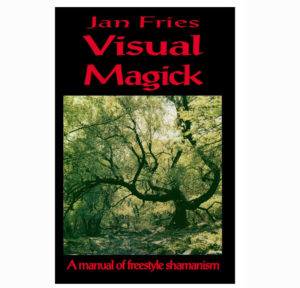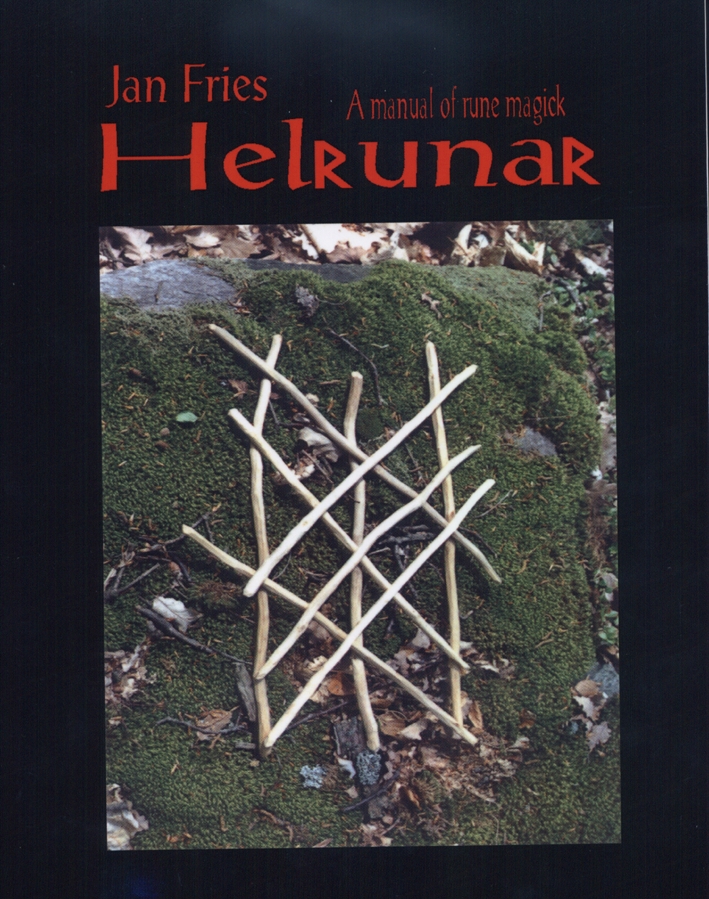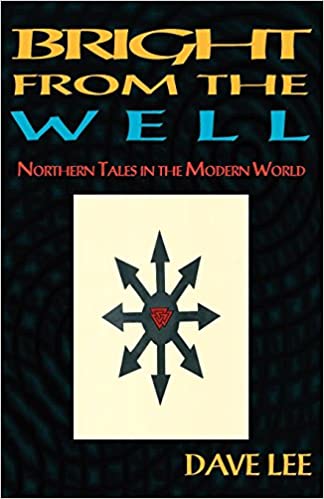A Neo-Tribal Tradition
Jack Wolf
(Non-Fiction) (Neo-Tribal Traditions) (Secret Societies)
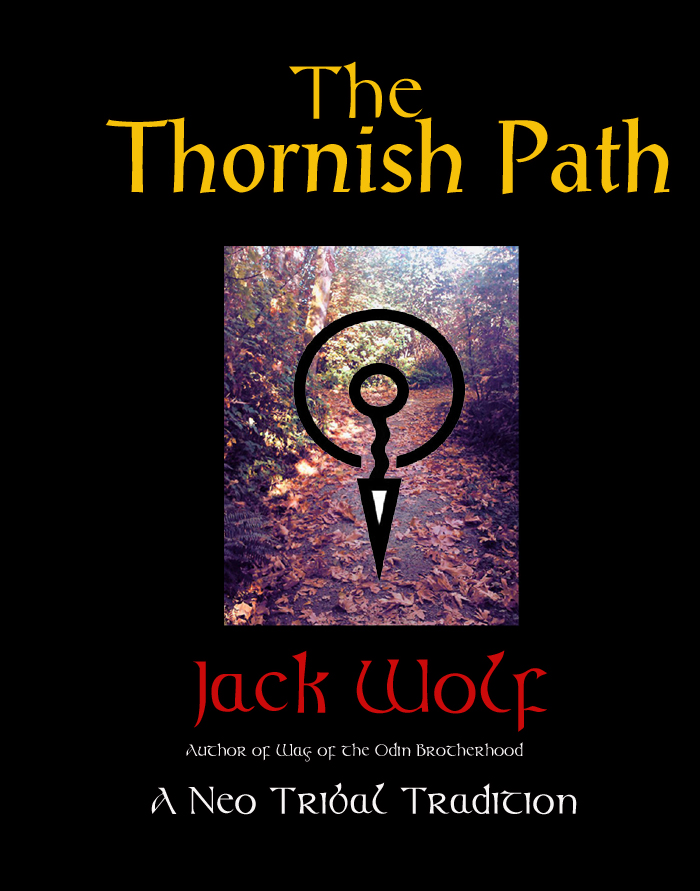
The Thornish Path
A Neo-Tribal Tradition
Jack Wolf
Format: Softcover
ISBN: 9781906958756
£15.00 / US$24.00 /Canada $27.00
Subjects: Thornish Tradition/Neo-Tribal Tradition//Odinism/Northern Tradition/Runes/Heathenism/Shamanism/Non-Fiction Account.
The Thornish Path / UK
The Thornish Path / USA and AUS
The Thornish Path / Canada / $27 Canadian dollars
Click here for Kindle UK edition
Click here for Kindle USA edition
Wisdom from a hidden community …
From words of prophecy made in earlier times to the newsfeeds of the today’s internet, more and more people are becoming aware of the changes taking place in the world. The old and much abused industrial model, driven largely by human ignorance and greed, has placed the future of both humankind and the Earth herself on a path to a questionable future.
But there is hope.
Over the past handful of decades, a great many people have been awakening to the realities of the world but as well, also hearing – and heeding – the call from the wisdom that lies in the heart of all human beings. It is a call to an older way, a better way; a way of returning to the realms of deeper spirit; of magic and of tribe. As individuals and as groups, those who have heard this call of the heart are rising to once again take their place as true human beings: As stewards of the land.
Canadian author Jack Wolf brings us a collection of stories from one such group of Earth-stewards. He does so with the desire that what he shares will kindle the fires of awakening in the hearts and minds of those who are ready for the return of the primal spark-of-hope.
Known as the Thornish tradition, the tribal gathering into which Jack was initiated in the mid 1980s, this group of animist stewards, referred to as knights of the greenwood or even forest mages by some, practices a form of Deepening Tribalism; which is a Paganism deeply tied to the spirits and energies of the land. As well, practitioners of the Thornish way express a commitment to recovering threads of the First Knowledge; a hidden repository of ancient wisdom believed to have been gifted to all people in the forgotten, primordial past.
Told in the narrative form, The Thornish Path, is intended to provide the reader with an intimate glimpse into the workings and relationships found within this formerly secret society. It is also intended as an introduction to this unique tradition for those who may wish to explore further.
Thornish people believe that they are but one tradition of many emerging now, into the modern world in order to be of assistance in the ongoing battle to heal the Earth, and in the words of Jack Wolf: “The time has come for the folk of the green to come into their own – as protectors and managers of the Earth, not the despoilers of it.”
–
Praise for previous book The Way of the Odin Brotherhood
“Jack Wolf’s plunge into the deep past when Christianity drove pagans into hiding, reads like a page-turning novel full of suspense and intrigue. Will Odin and his followers rise again? You’ll definitely root for them as you speed through Wolf’s absorbing, yet entertaining, work.”
”The late P. D. Ouspensky noted that human evolution requires conscious effort. It is only degeneration which can proceed unconsciously in man.”
”Like the Odin Brotherhood, the Thornish tradition strives to recreate homo superbus (the superb man) in our decadent age. In contrast to the Brotherhood, however, the Thornish tradition draws upon the heritage and mysteries of the “First Nations” in the Americas.”
”Mr. Wolf’s book, the first detailed study of the “Thornish Path,” is required reading for all students of esotericism.”- Professor Mark L. Mirabello.
For more information on the Thornish Tradition
www.thornwoodpress.com
thornwoodpress.wordpress.com

